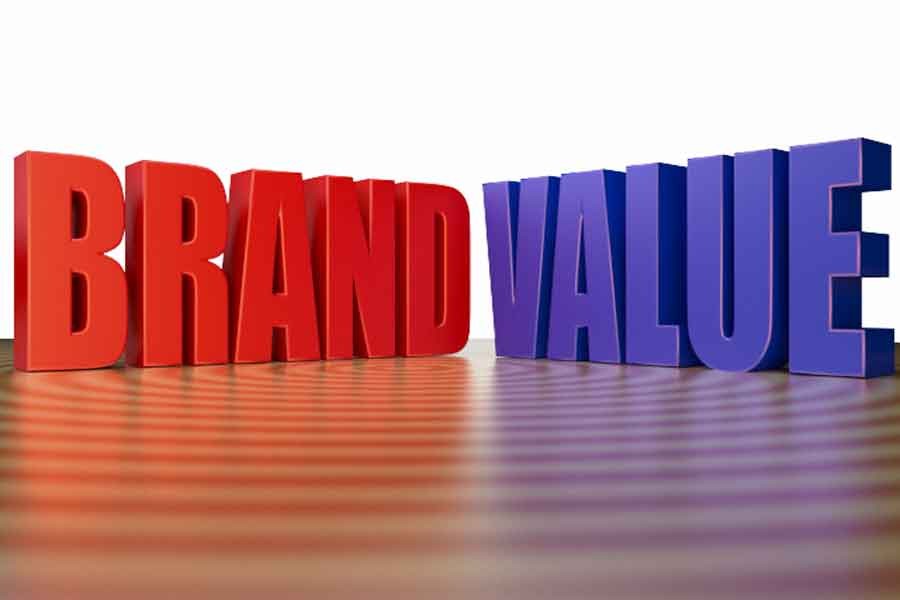In its latest ranking of national brands, London-based Brand Finance, a leading independent brand valuation and strategy consultancy entity, has put Bangladesh's value at $144 billion in 2015.
Brand value of Bangladesh, of late, increased by 25 per cent from 2014. The country was placed among the top 10 'fastest growing nation brands'. More than 40 years after independence, Bangladesh is now carrying a higher brand value globally than Pakistan in most of the international indices. The brand value for Pakistan was estimated at $93 billion.
It may be mentioned here that the nation's brand value indicates socio-economic dynamism of a country. Consistent advancement in different global socio-economic indicators increases a country's brand value in different spheres.
Analysts say there are three major strengths driving the country's socio-economic dynamics and contributing to brand image enhancement. Firstly, the country is getting benefit of demographic dividends and continues to get it in the coming days as female workforce is gradually increasing.
Secondly, an entrepreneur class is growing and it has now reached its third generation with wider global exposure. Bangladesh is now the third largest exporter of readymade garments after China and European Union. Finally, the county's strategic geographical location makes its access to emerging markets easier and this location needs to be tapped optimally.
On the other hand, the country's economy is growing at a rate of over 6.5 per cent annually on an average for the last one decade despite a lot of hindrances. Yet Pakistan has been struggling with 5.0 per cent economic growth rate on an average for the last one decade.
FutuerBrand, another London-based consultancy firm, unveiled another country brand index for 2014-15 where it put Bangladesh in the 72nd position and Pakistan 73rd among 75 countries. The firm, however, found 22 top ranked countries as the actual 'country brands'.
A very recent study by the Power and Participation Research Centre (PPRC) in Bangladesh revealed the untapped brand potential of Hilsa. It can be a brand like salmon and tuna fish in the global export market. These two fishes have been promoted as global brands and customers now buy them at high prices.
The study shows that the government's compensation to the fishermen not to catch Hilsa during the period of a ban on its fishing has led to an increase in its production. Total Hilsa catching increased from 199,000 tonnes in the fiscal year 2002-03 to 351,000 tonnes in 2012-13. In fact, Hilsa branding can push up both exports and local prices of the fish to the benefit of the fishers and the nation.
In order to raise its brand value, Bangladesh needs to focus more on value added, high-end apparel items rather than basic, traditional products to make the business sustainable amidst fierce competition in the global garment trade. The European fashion market is rebounding as the retail sales of garment items have been increasing by 3.0-4.0 per cent year-on-year over the last few years.
Tourists, business leaders, would-be immigrants and consumers make their decisions everyday to travel, invest or live in a country of their choice. They are influenced by the brand value of the country. The brand value denotes its name, fame and other people's confidence in it. All the nations have their own policies to brand their respective countries or places.
Local companies can help brighten the country's brand image. Microsoft and McDonald's are among the most visible US diplomats, just as Nokia is Finland's envoy to the world. 'Made In' therefore conveys information and associations that are both tangible and intangible, rational and emotional.
In the circumstances, an appropriate branding campaign helps improve competitiveness of a nation in exports by linking them to positive preconceptions of the country. Bangladesh can attract other countries to sell their products at competitive prices. Branding a country successfully requires collaboration of many veteran leaders -- both in the government and in the private sector.


